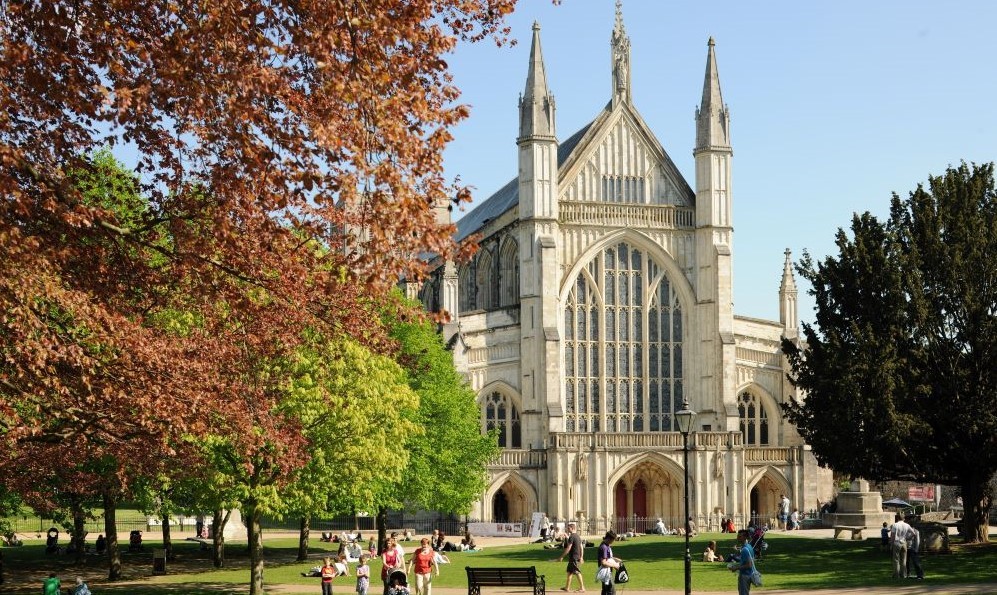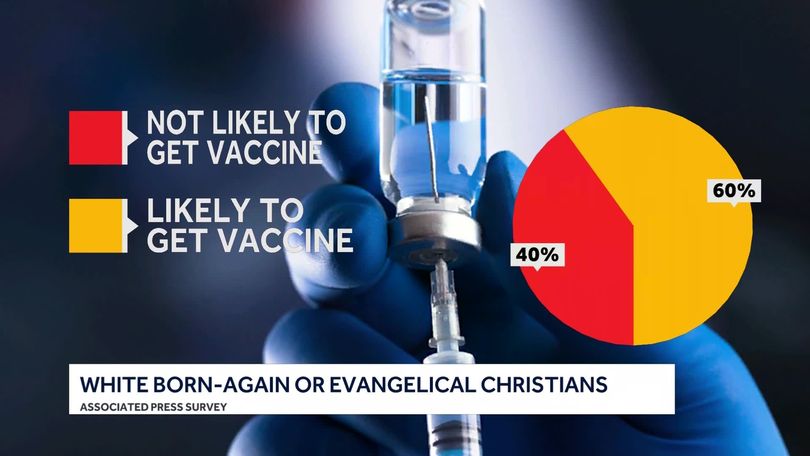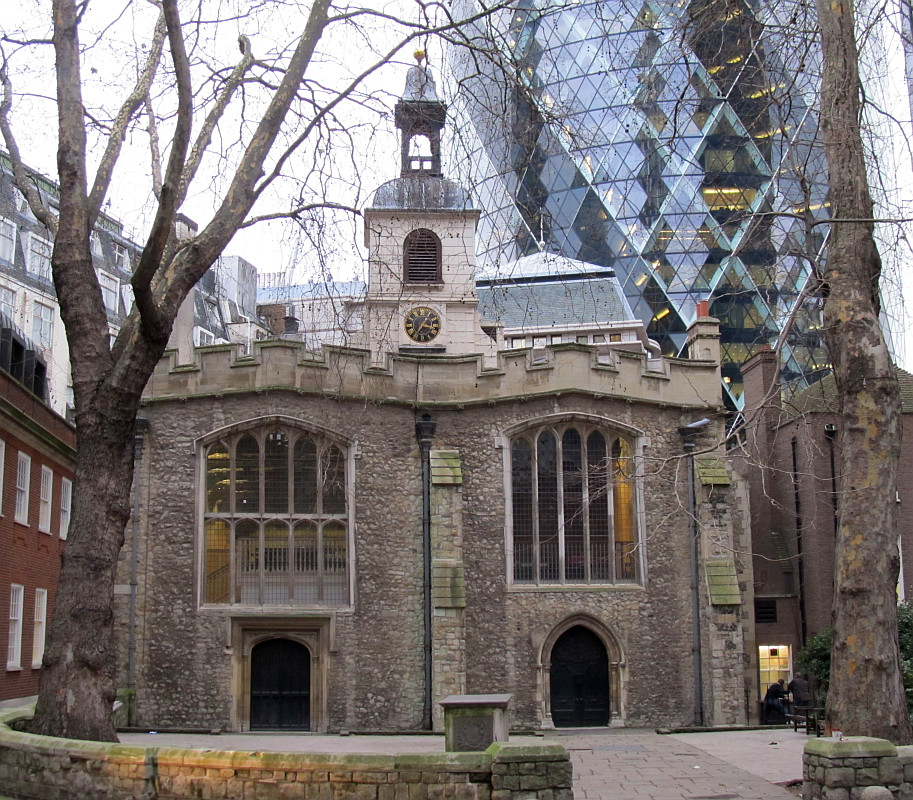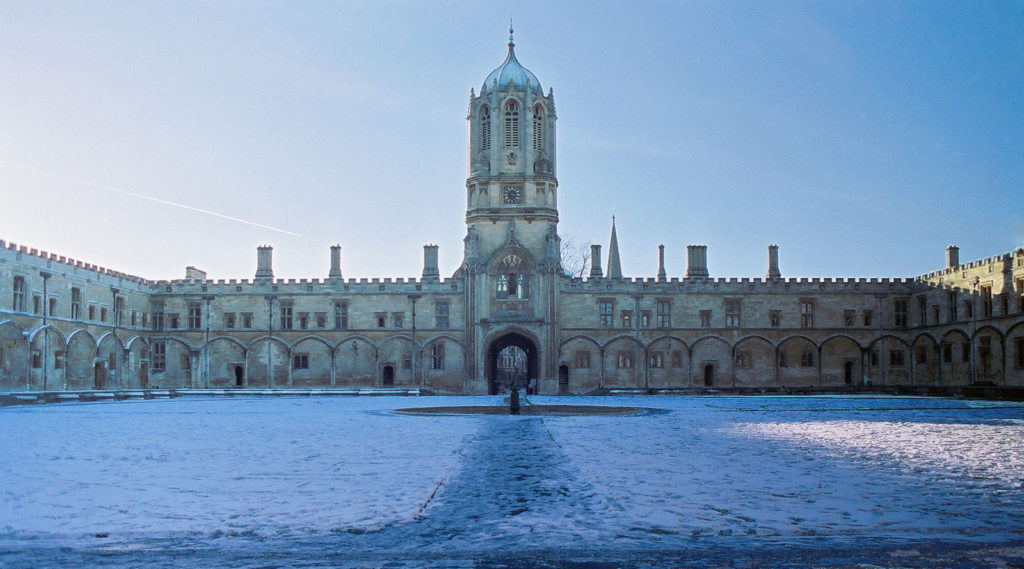
A solution for the crisis in the Winchester diocese seems no nearer. We heard yesterday that the stepping back by +Dakin would continue until the end of August so that ‘facilitated conversations’ might continue. We can gather one single certain fact from this statement, namely that +Dakin is not about to resign or retire in the near future. As there seems to be no mechanism for compelling a bishop’s resignation or early retirement in the Church of England, we must assume that, so far, +Dakin is not submitting to any pressure to resign that may have been applied. The very careful choice of words in Bishop Sellin’s statement hints that very senior figures in the Church have been wrestling with the problem, but so far, they have not come up with any solution. Are we witnessing the proverbial irresistible force meeting an immovable object? If such a reality were to exist, we know that there would be a stalemate where nothing moved at all. Nevertheless, there needs to be a resolution of the present crisis for the sake of the Diocese of Winchester, the wider Church and the Bishop himself.
What might be going on? The official line seems to be saying that the process is complicated, and the various stakeholders need extra time to sort out all the issues. We will, of course, never be told what the facilitated conversations are about, but I have here identified three major areas of concern for the Diocese and the wider Church that need to be resolved if the Diocese is ever to return to normal functioning. My personal conclusion is that the explosion at Winchester, now out in the public domain, is of such magnitude that it will never be possible for +Dakin to return to his post. The present pause is, I would guess, a proverbial kicking the can down the road rather the prelude to a new chapter in the life of the Diocese. Even if we know nothing about the content of the conversations, we have witnessed enough material being shared in public to know where the problems are. In this Internet age, it is not possible to hide away in secret when so many people are watching, with large numbers having a personal stake in the outcome.
One of the sad secrets that has come out into the open during the period of the Bishop’s initial ‘stepping back’, is the revelation of just how much suffering has been endured by individuals. Some of these relate to confrontations and alleged bullying by +Dakin but others are to do with loss of posts caused by the various imposed structural changes in the Diocese. It is not too strong to talk about widespread trauma which may take years to heal. When trauma takes place with many individuals in an institution, it is also possible to speak of corporate trauma. Although I am not on the spot, I get the impression that what has been revealed over the past six weeks has shown us a wounded and demoralised collection of people who need a lot of healing. How this might be offered on a corporate level is open for discussion. What is clear from common-sense psychology is that the process can only really start when the focus of the pain has removed himself from the scene. Stories of clergy and their wives ‘spouses’ ‘or husbands’ collapsing in tears through the stress and threats caused by the +Dakin reign, cannot be ignored. The six weeks of the interim episcopacy have unleashed a number of such stories into the public domain, and no doubt there are others which have been internally shared among the clergy and people of the Diocese. One individual story of pain is suffered alone and in silence, but when it is seen to be alongside other similar accounts, that one story gathers power and strength. People are forced to take notice. It is hard, indeed impossible to put this particular genie of widespread trauma back into the bottle.
The second area of difficulty for +Dakin making a smooth return, is the Diocese’s financial black hole. This has not gone away. During +Dakin’s time as bishop, there have been extensive and expensive changes in the training programs run by the Diocese and new educational structures created. As we noted above, individuals have been made redundant and this is always an expensive process. The question of whether all the new structures that have been created for ministerial education are suitable and affordable is one headache to be faced by a future bishop, whether now or in the future. If +Dakin does return, I am sure that one of the conditions will be that he will release all control of diocesan funds into other hands. Difficult decisions will have to be made about what the diocese can actually afford. A slimmed down diocesan structure may not meet with the Bishop’s approval so it is probably best that he is no longer there, potentially to interfere with the necessary pragmatism of financial decision making.
I spoke in my last piece about the interpersonal style of the Bishop. There was the suggestion that many individuals find him difficult to deal with on a personal level. We would, I think, be right in suggesting from the accounts, that many people were in fear of his forceful and somewhat overbearing style. Gentle persuasion and soft words do not seem to be part of his style. When somebody described Winchester as the diocese of North Korea, I assume that they were referring to this style of management, one which stated the task to be done with no time for discussion. I can accept that the facilitated conversations could tackle this personal style and make improvements. The abrasiveness that is reported could well be softened and ameliorated through professional intervention. It might be possible for someone like a retired bishop, acting as a mentor, to bring about such a change. That is perhaps what the Church of England may attempt to put in place. Such a suggestion as a way of softening +Dakin’s style would be improvement but, for the reasons I have set out in this blog, it still would not be sufficient to return him to post. The problems still remain.
The final issue which militates against any smooth return to ministry by +Dakin is to do with the area of his self-insight and intellectual flexibility. Over the weeks, there has been some detailed scrutiny of +Dakin and his theological background. Although we cannot expect all our diocesan bishops to be profound theologians, there are some glaring gaps in Dakin’s theological formation. His written output seems to focus on the single area of mission studies. One would like to see in his writings some evidence of an exposure to the wider theological traditions of Anglicanism and its links with historical Catholicism. The conservative evangelical world in which +Dakin was formed is not known for its sympathy or even tolerance of other traditions. Most evangelicals occupying senior positions in the Church have, in practice, moved on from the hard-edged position of traditional conservative thinking. They learn to appreciate, if not embrace, the broader ideas of Anglicanism. Ideas of infallibility and dogmatic certainty normally become less evident through the process of growing older. This does not seem to have happened with +Dakin. Indeed, some of the abrasiveness of his ideas and manner seems to be the result of a style of conservative Christianity, one that has never been allowed to soften in the light of life and all its experiences.
The problem of finding a solution to the +Dakin conundrum has been deferred but has not gone away. I have tried very hard to imagine a scenario where +Dakin could return and pick up his diocesan ministry. I have imagined the resources of Bridge Builders, the mediation organisation, being applied to the situation. I have imagined a wise retired bishop being wheeled on to act as mentor and guide. Somehow the problems I have outlined, the trauma to be healed, the finances to be restored and the personality to be tamed, all combine to suggest that any return will be harmful to +Dakin himself, the Diocese of Winchester and the entire Church of England. I make no claim that my analysis is the correct one, but the world of the Internet has provided us with sufficient information to allow one blogger to offer what is, I believe, an informed opinion. That is what Surviving Church can do, offer opinions. I hope and pray that a good solution is to be found in the current tragedy that we are witnessing in the Diocese of Winchester.







